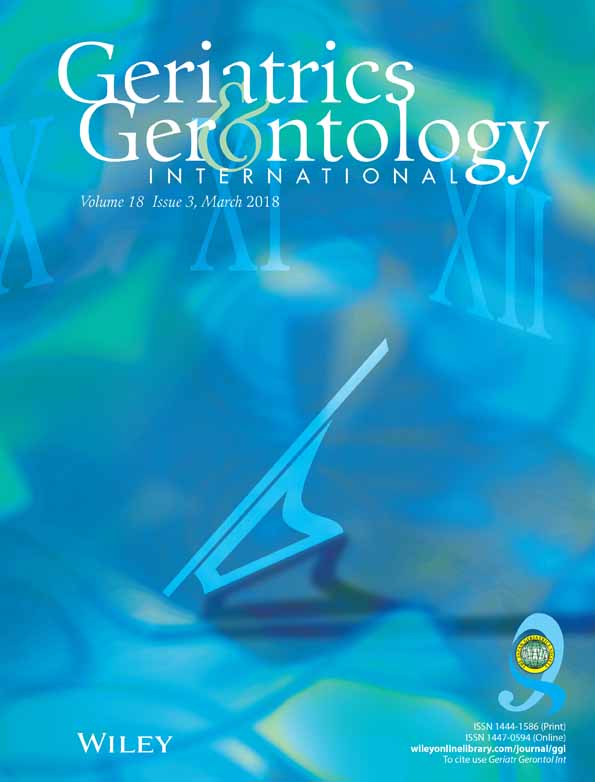Comparison of passive and active leisure activities and life satisfaction with aging
Abstract
Aim
Many older adults face limitations to participating in active leisure activities as a result of their physical constraints from aging. Passive leisure activities become alternative leisure activities for older adults as a result of limited physical capacity. The present study sought to determine whether there exists a difference in the frequency of participation in passive and active leisure activities, and the effect of participation in passive and active leisure activities on the life satisfaction level of old adults.
Methods
A total of 460 participants aged 60–95 years were randomly selected from 21 sites in the USA. The Life Satisfaction Index – Z and the Meaningful Activity Participation Assessment were analyzed to examine older adults' life satisfaction and frequency of active or passive activities.
Results
The results showed that participation in passive leisure activities, such reading, talking on the telephone and watching TV/listening to the radio, is more frequent among older adults (P = 0.000). The regression coefficient found that club/organization or volunteering (P = 0.008), homemaking/maintenance (P = 0.017) and traveling (P = 0.017) for active leisure activities were statistically significant predictors of Life Satisfaction Index – Z for older adults.
Conclusions
The current study shows that older adults spent much more times participating in passive leisure activities, such as radio/watching TV, talking on the phone and reading. The result also showed that active leisure activities, such as club/organization or volunteering, home making/maintenance and traveling, were significant predictors of life satisfaction for older adults controlling for covariates. The current study suggests marketing and programming plans to overcome the constraints that influence older adults' life satisfaction. Geriatr Gerontol Int 2018; 18: 380–386.




